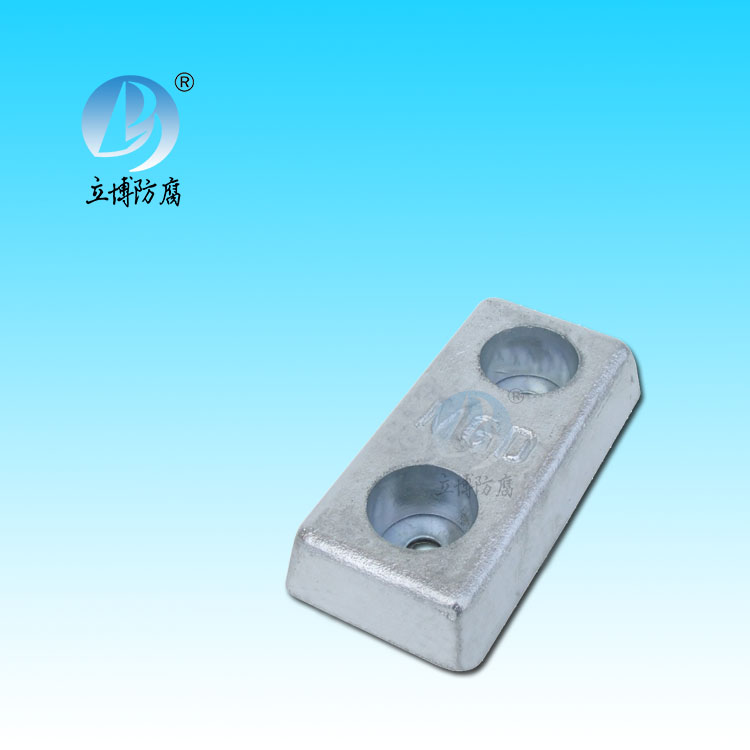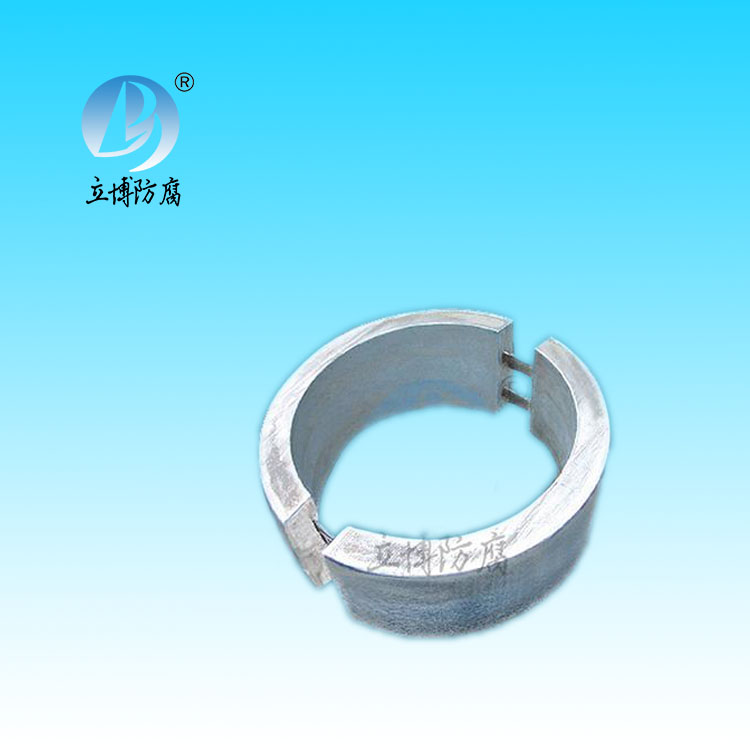News
News
- What is a sacrificial anode
- Basic requirements for reference...
- What does the reference electrode do...
- Why are zinc blocks attached to the ...
- What is the principle of impressed...
- What material does metal structure...
Contact
Phone:18739187123
hotline:0391-7588881
E-mail:970512272@qq.com
Address:Wuzhi County, Jiaozuo City, China
Company News
Impressed current cathodic protection
- Author:Libo
- Source:wwww.rankebio.com
- Date:2021-06-11
- Click:0
The difference between the so-called Yin and Yang level and the positive and negative electrode lies in that the latter only depends on the level of potential, and the high potential is the positive electrode; The former is defined as the anode where oxidation occurs, and vice versa.
And cathodic protection is to protect the zinc oxidation, so as to give zinc an external electron flow, so that the negative electrode of the external power supply is connected to the zinc, so that the external power supply will transfer electrons to zinc, so as to offset the loss of zinc to copper, to prevent zinc oxidation.
For example, Cu and Zn, if the two contact into the galvanic battery, according to the activity of the metal, resulting in zinc loss of electron corrosion, zinc is oxidized. . In the above mentioned electrolytic cell with an external power supply, zinc eventually gains electrons, and the electrode is the cathode, so it is called cathode protection law. The electrons gained by copper, the anode, are sacrificed to protect the zinc, so we call this cathodic protection by sacrificing the anode.
In a galvanic cell, obviously, the direction of the current is from zinc to copper, so that zinc loses electrons and is oxidized.
On the other hand, the external power supply has positive and negative poles, and the positive pole can only be connected with copper, and the positive pole is the electron flow of copper to the positive pole of the external power supply, so the copper loses electrons to be oxidized, and the copper is "sacrificed".
We often talk about cathodic protection at the expense of the anode.







 客服QQ
客服QQ